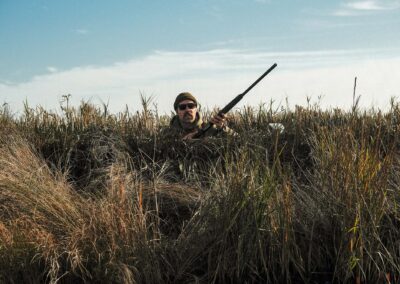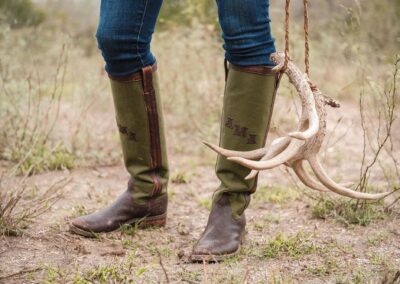Your cart is empty

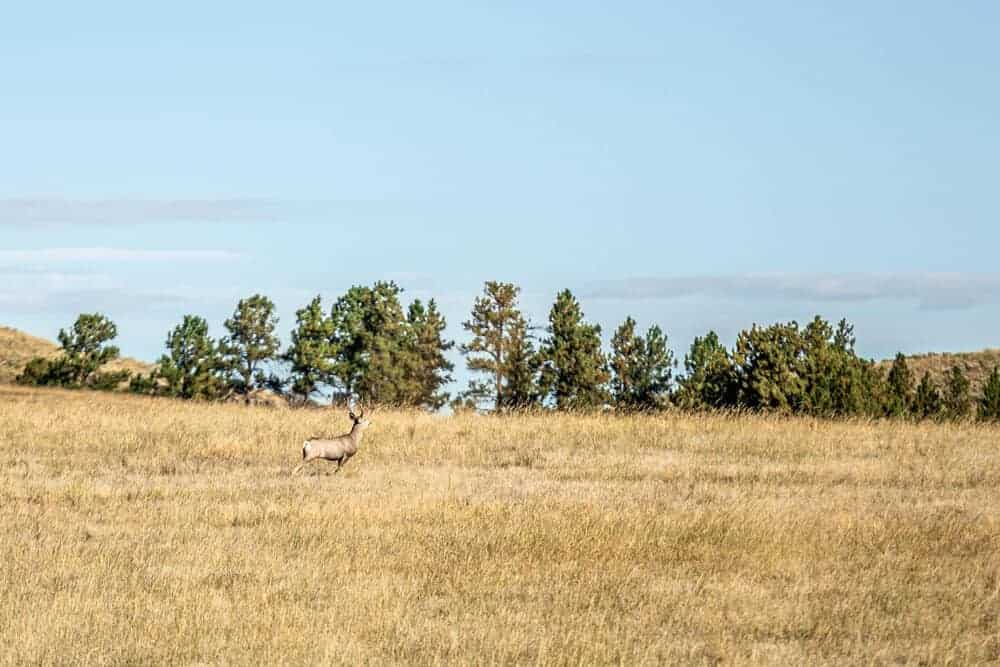
At thirteen years old, I harvested my first big game animal with my grandpa, a forked-horn mule deer. Since then I have chased the grey ghost with varying levels of success every fall. To become a more conscious and consistent mule deer hunter, I vowed in 2020 to take a deep dive into their world; to study how to hunt and conserve them consistently and effectively. An important part of this journey for me has been interviewing biologists and mule deer managers across the west to discuss muley habitat, hunting regulations, and how mule deer populations are managed.
In conversations with six different biologists from five different western states, they debunked many of the long-running conventional theories I held regarding mule deer. These conversations explained why common-held mule deer myths do not always hold up as the best management decisions when applied amongst the sage and timber of the West.
Commonly deer hunters want more bucks, and more bucks of a larger caliber to be accessible when they are hunting. To accomplish this I’ve often heard that implementing antler point restrictions is considered an effective method.
It’s true; hunters can’t shoot 100% of the 2.5-year-old deer and expect to have 3.5-year-old deer the following fall. Contrary to conventional wisdom, however, data from Wyoming suggests trophy quality may diminish during periods of antler restrictions in different types of units.
Wyoming uses antler widths to classify adult deer, using the general correlation of wider antlers come from deer in an older age class. Type 1 is under 20 inches; type 2 is a deer with 20-24 inch width, and type 3 bucks are 24 inches and wider. “In areas where you have 3 points or better, your class 1 bucks go up 10 to 20% and your class 2 and 3 deer goes down,” says Lee Knox, a wildlife biologist with the Wyoming Game and Fish Department.
“The public that would be satisfied shooting a forked horn now have to find a 3 point or higher buck. You end up reducing the amount of deer that make it to 5.5 years old because you kill them at 3.5 and 4.5 years old.”
There are more variables to antler restrictions and environment-dependent situations can vary by state, region, and mule deer herd. One thing is true about all antler restrictions: they are an effective tool for reducing the overall harvest of deer in places where deer are not as visible, like heavily timbered units. In the short term, using antler point restrictions is effective for helping to move a cohort of bucks into the deer population. In the long term, however, those antler point restrictions can reduce big buck numbers in a significant way.
For life-long sportsmen, managing cougars and coyotes with hunting is commonly regarded as a sound conservation tactic. In regard to improving mule deer populations, I was surprised to hear that controlling predation is not one of the top tools utilized by biologists. Undeniably, the increase of wolves, healthy populations of cougars and coyotes, and high black bear numbers on calving or fawn sites have an impact on mule deer.
Jay Kolbe, Montana’s Region 3 biologist pointed out, “You have added population stressors of a five-predator system that historically for the last 100 years hasn’t been like that. And they all play a role.” However, only looking at predator reductions does not do justice to the suite of mule deer population drivers.
The role of predation is only part of a host of factors that impacts mule deer populations. As JT Romatzke, the northwest regional manager for Colorado Parks and Wildlife says, “You get into the causation of population declines and it’s a multitude of things: it’s predation, it’s disease, it’s elk competition, it’s highway crossings, and it’s all sorts of things that the deer have a dilemma with.”
As a result, biologists focus on the factors that will make the greatest difference with mule deer health within the purview of current management efforts. In essence, biologists look at populations like financial advisors who can grow revenue faster than their clients can cut spending.
“If you are truly concerned that there aren’t enough bucks in a population, we need to figure out ways to make more fawns,” said Lee Knox. “We as humans get so caught up in the now, we only care about next fall. There’s very little we can do now to manipulate buck populations for next year.”
Consequently, all six of the biologists confirmed that habitat is the number one driving factor to make more fawns.
Chronic Wasting Disease (CWD) is on the lips of most mule deer managers and many hunters, for good reason. The high prevalence of CWD in mule deer most certainly leads to population-level declines from the fatal nature of the disease. Even in the highest prevalence populations, managers acknowledge there are things hunters can do to keep prevalence in check while maintaining, and in some cases growing deer hunting opportunities.
J.T. Romatzke states, “the latest science we have suggests that bucks are 2.5 times more likely to be carriers of chronic wasting disease than does. Some management actions might help reduce prevalence rates, which includes lowering sex ratios.”
What J.T. is referring to is lowering the number of bucks per one-hundred does in their post-season deer surveys. For sportsmen, that generally means hunters shooting more bucks, and doing so when they are more vulnerable in the rut.
He continued, “in Middle Park, up in Grand County, we’ve got incredibly high license numbers; we have a bit lower sex ratio, and our prevalence rate of CWD has been flatlined for 10-15 years at least.”
This information is positive, especially considering many units during various seasons near Grand County still maintain reasonable hunter harvest success rates.
Knox points out from his experience with the high-prevalence herd in the Laramie Mountains of Wyoming, “You can still have high buck ratios. You can still grow a population. It’s just difficult to have an older age class.”
Wyoming and Montana are both looking to implement CWD management strategies in areas where prevalence is of concern. For Jay Kolbe, that means suggesting that seasons in the north end of his region are extended in Montana. As Jay said, “We’re proposing to go back to a standard five-week season in those districts [with CWD] and it’s not always popular.”
Biologists agree that involving the public is important to ensure that people know what’s happening and why. This allows managers opportunities to help hunters adapt to the new disease on the landscape.
Whether attending a hunting season setting meeting or having a drink at the local bar, the conversations around wildfires on the landscape and how we manage them turns into a fire hazard itself. After talking with wildlife managers from the Nevada desert to the high country of northern Montana, one thing became very clear; fire’s impact on mule deer habitat varies wildly.
“There have been a lot of fires at high elevation mountain habitats that have actually been really good for mule deer. It really improves that summer habitat — aspen communities, early successional mountain brush habitat that’s a really good thing for does with fawns,” said biologist Curtis Hendrickson, the regional wildlife manager for the Upper Snake Region in Idaho.
On the other end of the spectrum, Cody Schroeder of Nevada Department of Wildlife spoke regarding the lowland fires in the areas with which he’s familiar. “In Nevada, there are some pretty big lowland fires that have just consumed huge landscapes and unfortunately they have taken out a lot of our brush communities which are important for mule deer.”
The invasive species on that same landscape – namely cheatgrass, medusahead, and ventenata – all produce a negative feedback loop because they are so quick to catch fire again. Though volunteers and land managers are pouring a lot of resources to rehabilitating those landscapes, it’s a tough row to hoe compared to the destruction of habitat that’s already been done and that can be expected year after year with lowland fires.
I grew up in a household decorated with antlers from “the good old days,” which conjured stories from my grandpa of weekend pack trips with his horses into the backcountry with my uncles; stories of toasting a camp-full of big mature bucks with whiskey wall tent nights. In public meetings today, you’ll find a lot of folks similar in age to my grandfather, who are jaded towards mule deer managers, expecting populations to eventually be returned to the days in their memories. Unfortunately, it has become clear there are many places where that expectation cannot be met with current social and environmental factors.
In areas with mule deer populations well below management objectives, “You may just not ever be able to have the kind of mule deer numbers or hunting opportunities that [hunters] grew up with during the 70s or 80s,” says Kolbe. “Some of our biologists in the Beaverhead region have gone out on a limb and said, ‘we know our numbers aren’t where they were historically — we recognize that. But look at our winter ranges,’ where they show a shot from 1920 that doesn’t even look like the same landscape today.” The landscape Kolbe is referring to contained more steppe, bitterbrush-type habitat in the early 1900s and is now more covered with conifers and other habitats that don’t favor mule deer.
While declines in mule deer populations are obvious to sportsmen, biologists, landowners, and others; technology also suggests some old projections of historical deer populations aren’t as clear as we previously thought. In discussing the mule deer number decline, JT Romatzke said, “We used to project over 100,000 deer in this area. Now we project about 30,000 over the course of about 60 years. Some of that is just statistics and modeling and how we quantify the number of animals on the landscape. So it’s not necessarily a true decline based on that.”
The science around mule deer management is always changing. Biologists have better technology, more data, and gather more complete information about muley populations each year. Folks across the West have managed deer based on the best science available and while it’s easy to get augured into old-school myths that surround mule deer management, it’s important to make the most accurate science-based decisions as possible when discussing mule deer hunting and mule deer conservation.
My conversations with wildlife biologists retained an element of hope. In eastern Montana, deer populations are at or near a 20-year high. Nevada deer hunting remains a quality experience from their high buck-to-doe ratios and low hunter tag numbers. Colorado and Wyoming offer great quality mature buck potential which makes these states an incredible destination for non-residents. And Idaho is looking at ways to maintain quality over-the-counter rifle deer hunting opportunities so people can go chase the ‘grey ghost’ year in and year out.
If we want to both grow and improve mule deer hunting opportunities, we must pay close attention to the mule deer resource we care about so dearly. That first includes being involved in conversations with our biologists to make science-based management decisions. Then, becoming active participants in setting regulations related to hunting mule deer. In the end, big game is managed in the public trust and that includes you.

Jaden lives in Lander, Wyoming where he works for Wyoming Wildlife Federation and takes lead on The Rich Outdoors Podcast – Muley Monday episodes. The interviews discussed in this article are part of his five-part mule deer biology series available for listening on the Rich Outdoors Insider Podcast.
Connect on Instagram: @jadenbales
Related Stories

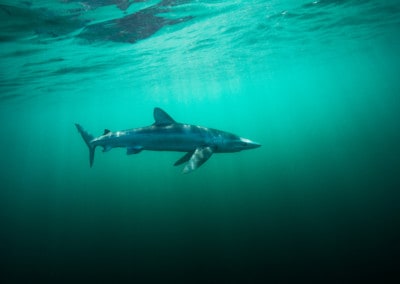
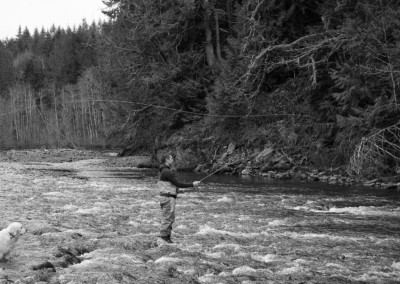
Latest Stories

